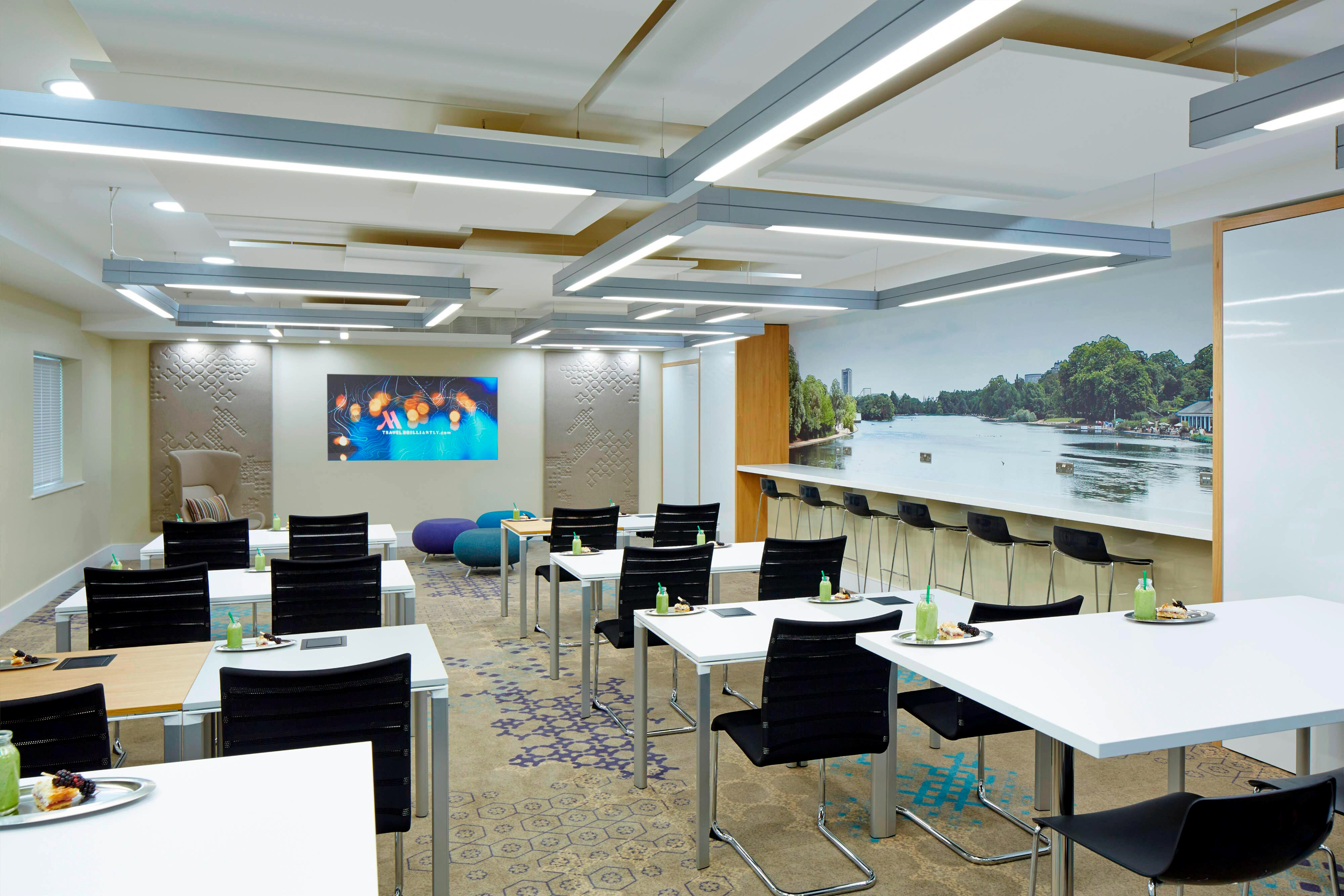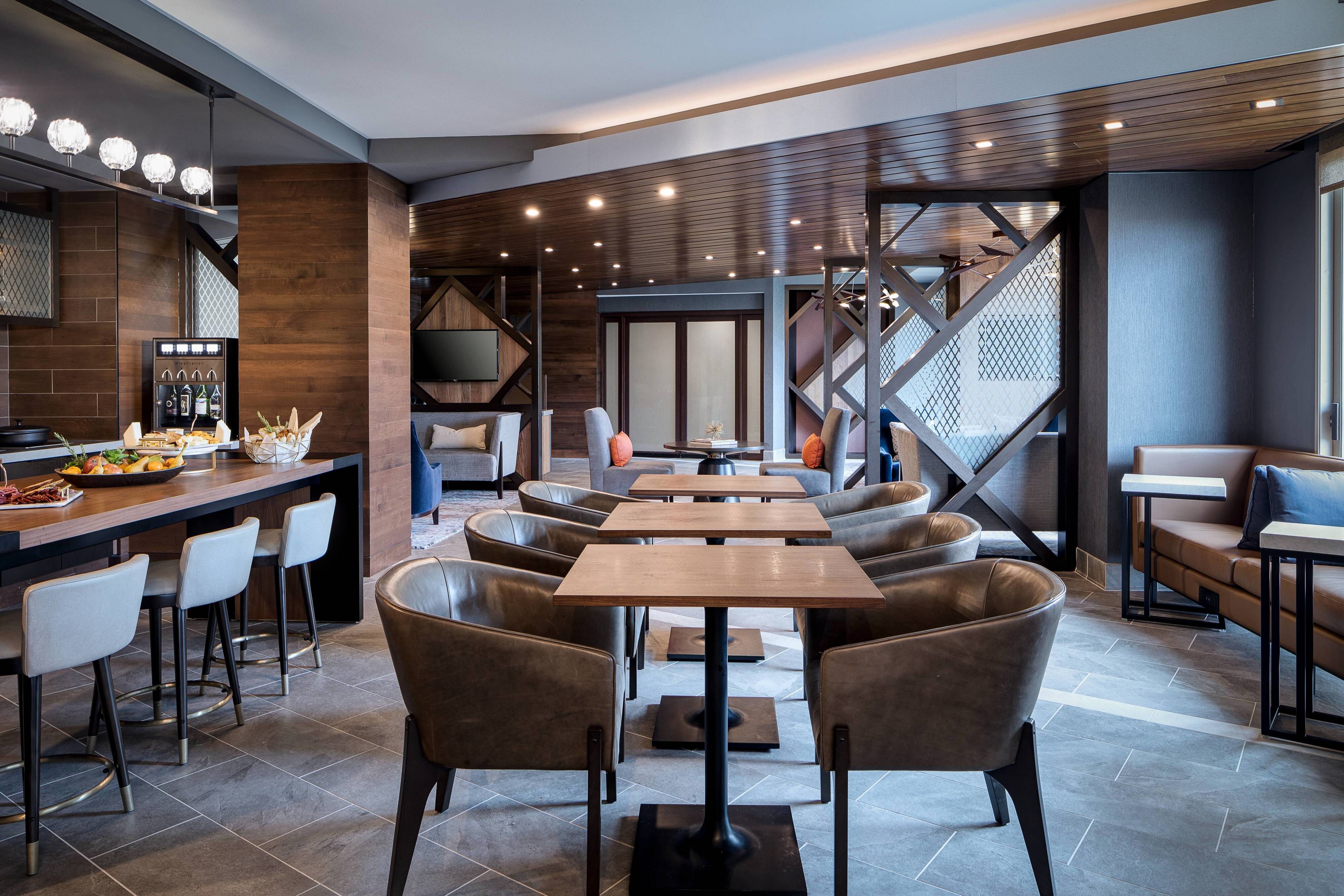When we buy furniture, we often find that the items we choose are quite uniform, and some can be suitable for different spaces. For instance, you might think a particular stool is intended for a hotel, only to later realize it can also be placed in an office room and still maintain a unique style. So, what are the differences between the two, and what do you know about them? Essentially, hotel furniture is made from harder materials and features paints and wood finishes that are more resistant to scratches. This is because the customer demographics vary, leading to different levels of care for the furniture. In general, hotel furniture is more prone to damage compared to office furniture.

Additionally, regarding the usage environment, hotels usually have air conditioning, which creates a temperature difference between the indoors and outdoors. Therefore, the materials selected for hotel furniture must be dry; if the moisture content is too high, it is more likely to crack due to the dry air. In contrast, office furniture does not have this same level of concern.
Finally, the methods of use also differ. In hotels, guests tend to relax and may use furniture inappropriately, such as standing on stools or smoking and entertaining in their rooms. Thus, when selecting stools, chairs, or tables, it is wise to choose solid wood tables paired with fabric chairs, using materials that are easy to clean and ideally fire-resistant, while glass surfaces for tables or coffee tables can also be a good option. These considerations are less critical for office furniture.

In terms of design philosophy, there are substantial differences as well. Hotel furniture typically features elegant dark tones, and warm yellow lighting enhances the vintage aesthetic of solid wood furniture, creating a sophisticated atmosphere. Since hotel rooms are places for rest, warm tones are preferable, making European or American style furniture particularly suitable. In contrast, offices are workspaces that require ample lighting for eye comfort, calling for a brighter overall color scheme, such as whites or light colors. Therefore, office furniture often adopts a refreshing minimalist style, with options like new Chinese furniture or traditional Chinese solid wood furniture being excellent choices.

Regarding maintenance, hotel furniture requires more attention since the spaces are larger and guests often do not treat the furniture with great care, making it more challenging to manage. It is advisable not to rush into waxing and to use a dry cloth for cleaning; if necessary, a cleaning solution can be applied afterwards. In comparison, office furniture can be waxed periodically without the maintenance being as cumbersome as that of hotel furniture.
